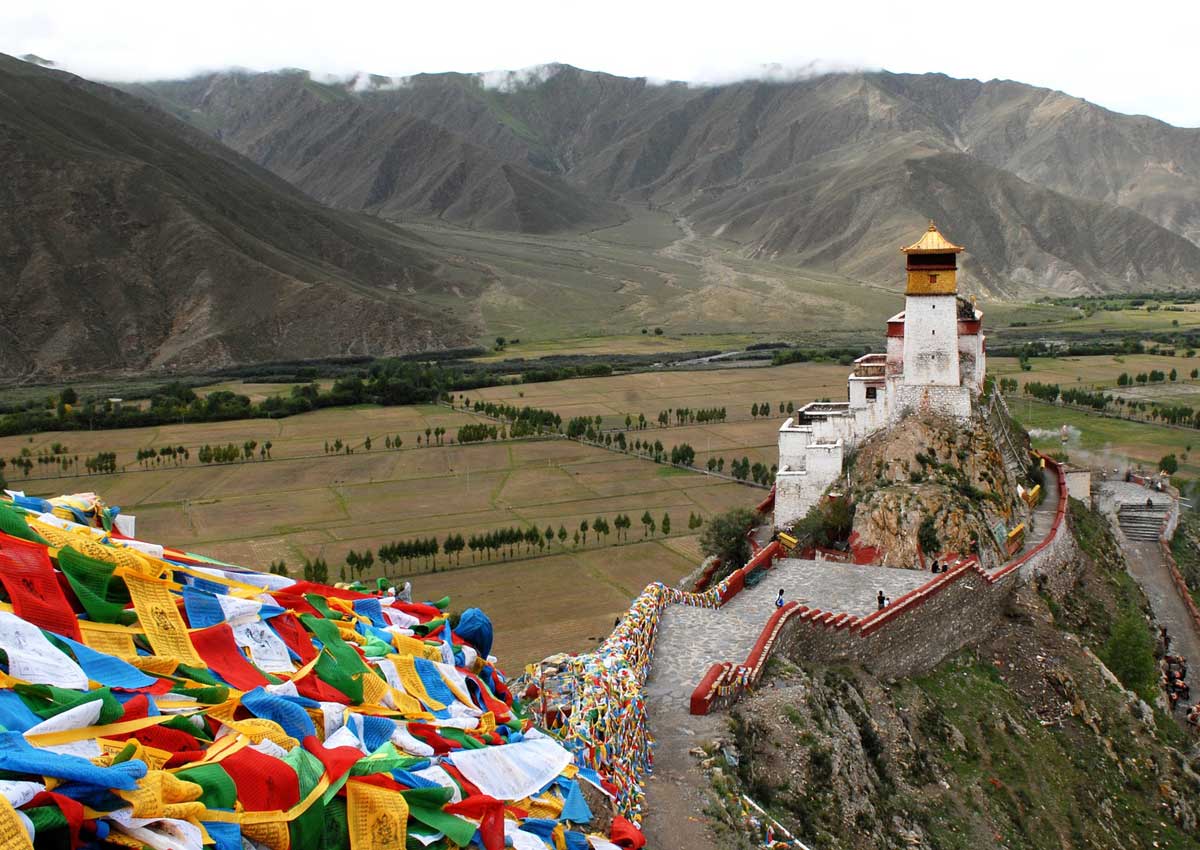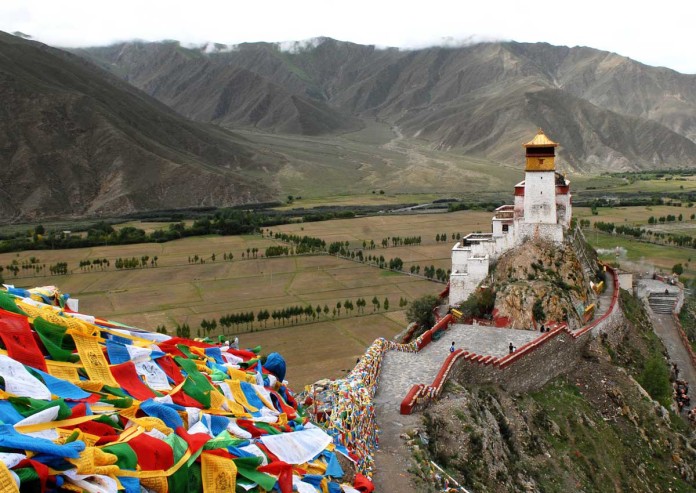In a bid to attract more tourists and become one of the world’s top destinations during the next five years, the Tibet autonomous region would like to shorten the time it takes to issue travel permits to foreigners.
Currently, foreign travellers need Tibet travel permits to tour the region, in addition to a Chinese visa. This extra requirement is based on Tibet’s unique ethnic traditions, cultural heritage, reception capacity and ecological protection needs.
Without the permits, which must be applied for through an authorised travel agency, foreigners can’t board a flight or train to Tibet.
“Tibet will be more open to domestic and foreign tourists in the next five years.
We will simplify the procedure for foreigners to obtain travel permits and cut the waiting time,” said Hong Wei, deputy director of the Tibet tourism development commission and a deputy in the Tibet delegation to the National People’s Congress. Hong spoke during a group discussion at the NPC’s annual session.
The reform of travel permits is still being studied and there are no hard details at the moment, an official with Tibet’s publicity department said on Monday.
Padma Choling, head of the standing committee of the regional people’s congress, said at the session that Tibet has no plans to completely abolish permits for foreign travellers because its natural environment is complicated and the purpose of the permits is mainly to ensure the safety of the travellers.
“It takes at least 15 days for foreigners to receive their permits after submitting all the documents if they are not refused entry. I hope it can be cut to less than a week in the future,” said Xu Bin, manager of a travel agency based in Lhasa, the capital of Tibet.
He said he has received many inquiries from foreigners during the past eight years who were very interested in visiting Tibet.
Li Yiqiang, deputy director of Shannan prefecture, said the number of foreigners visiting the prefecture in 2015 increased by more than 30 per cent over the previous year.
“Allowing more foreign visitors to come to Tibet can help the locals out of poverty by getting them involved in providing tourism services,” he said.
According to the region’s 13th Five-Year Plan (2016-20), Tibet will also streamline the procedure for Chinese people applying for passes to visit border areas.
Tibet shares a border of more than 4,000 kilometers with countries including India, Nepal and Burma. More trade routes will be built between Tibet and its neighbours in the future.
The planned Sichuan-Tibet railway will help bring more tourists and opportunities to Tibet, said Losang Jamcan, chairman of the region, at the session.
It will be the second railway to Tibet after the Qinghai-Tibet railline.
China will accelerate the construction of the 1,629-kilometer Sichuan-Tibet railway starting this year, Losang Jamcan said during the annual session of the regional people’s congress in January.
Nearly 1,000 km of it will be in Tibet. Construction of the western and the eastern sections began last year. The whole project is expected to be completed in the early 2030s.
Perched at over 3,000 meters above sea level and with more than 74 per cent of its length running on bridges or in tunnels, the railway will meander through the mountains, the highest of which is over 7,000 meters above sea level.
Losang Jamcan said, the Sichuan-Tibet railway will also significantly improve people’s livelihoods along its route.






